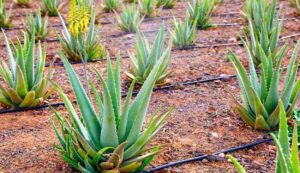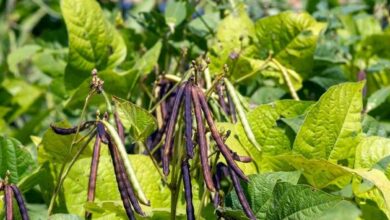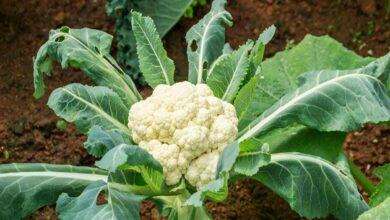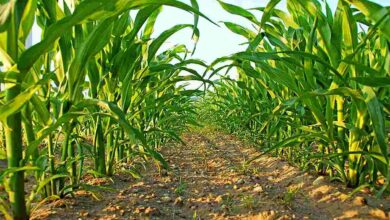Aloe Vera Farming: Farmers will earn a lot from Aloe Vera cultivation, Know How
Aloe Vera Farming: Herbal and cosmetic items are becoming more and more popular these days. Aloe vera is very beneficial for growers due to its high demand. Aloe vera is widely utilized in everything from herbal items and Ayurvedic medications to cosmetics. Farmers are turning to it since its cultivation is proven to be more lucrative at a lower cost.

A Fantastic Chance for Farmers
Aloe vera is a perennial plant that can thrive in a variety of climates, according to agricultural expert Hirji Bhingradiya. Additionally, it thrives in hot, muggy, and dry environments. Its cultivation requires appropriate irrigation facilities, particularly in arid regions. Aloe vera is typically planted from March to June.
Ways to Plant Aloe Vera
Aloe vera is grown by planting plants or tubers that are 15 to 18 cm long so that two-thirds of the plant stays in the soil. One hectare of land may support around 10,000 plants. Groups of six to eight plants are used to sow the seeds. Plants with four to five leaves and tubers that are three to four months old are utilized for transplanting. It takes between 5000 and 10,000 tubers per acre of land.
Managing Fertilizer and Irrigation Properly
The field must be irrigated for the first time just after seeding, and thereafter water should be applied as needed. This promotes greater development and keeps the plant leaves wet. Fertilizer should include 150 kg of nitrogen, potassium, and phosphorus per acre. As a result, the crop produces more and is of higher quality.
Steps to Avoid Illness
Diseases including mealybugs, leaf spot, leaf rot, and black spot are common in aloe vera crops. A pesticide known as Reaper is diluted with two milliliters per liter of water and sprayed to kill mealybugs. Simultaneously, two grams of carboxide should be mixed with one liter of water to create a spray solution that will stop leaf rot and black spots.
The Process of Harvesting and Producing
About eight months after seeding, aloe vera leaves are ready to be harvested. Workers harvest in order to prevent harm to the plants. The broken nodes may be used for the next crop after harvest. Production begins in the first year, and with the right attention, a consistent output may be achieved for five years. Following this, a fresh crop must be planted on the field.





